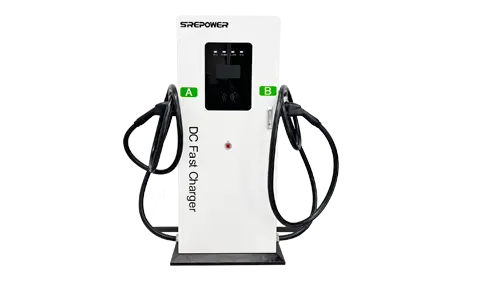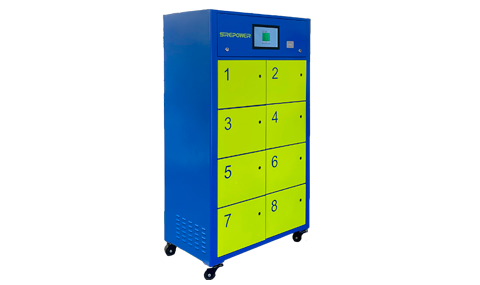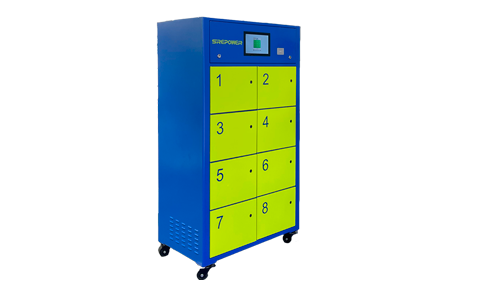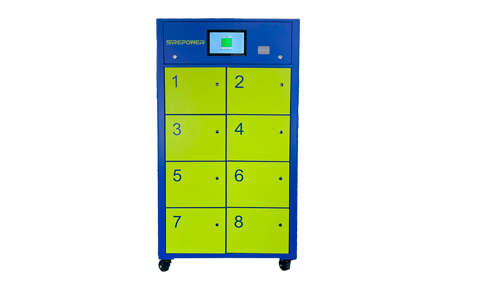How to distinguish between DC charging stations and AC charging stations?
As we all know, charging stations are charging facilities for "refueling" electric vehicles. Charging stations are divided into AC charging stations and DC charging stations. So, what is the difference between AC and DC charging stations?
Generally speaking, DC charging piles have a rough shape (due to the presence of a certain number of AC-DC power modules inside, the higher the power, the more modules there are, and the larger the pile), while AC charging piles are relatively small. A more obvious difference is that the gun head (charging line) is different, with a 9-wire plug for DC charging stations and a 7-wire plug for AC charging stations.
The DC charging station charges electric vehicles through these 9 wires, and we will introduce the detailed charging process in subsequent articles.

The charging cabinet is used by users to charge their own batteries. They need to unplug their own batteries, put them in the cabinet,
2025-03-21
In order to solve the pain points of electric vehicle charging and endurance, efficient and convenient shared battery swapping cabinets have emerged.
2025-03-21
At present, the standardization progress of battery swapping cabinets is steadily advancing, and a series of specific standardization plans or standards will be introduced in the future to promote the standardized development of the industry.
2025-03-20
The number of electric bicycles is increasing, and how to safely and conveniently charge them is a problem for many people.
2025-03-20
In recent years, shared electric bicycles, as an emerging green mode of transportation, have quickly emerged as a new favorite in the urban short distance travel market due to their convenience,
2025-03-19
As an important component of the new energy field, the future development trend of battery swapping cabinets can be analyzed from the following aspects:
2025-03-19
Estación Swap Estación de intercambio de batería de 12 gabinetes 15.8KW 8 Gabinetes Estación de intercambio de batería 10KW 5 Gabinetes 15.8KW estación de intercambio inteligente 10 Gabinetes 16.8KW Intercambio estación de carga 4 Gabinetes estación de conmutación de batería para E-Bikes y Scooters 12 Gabinetes Estación de intercambio inteligente de rack de carga
cargador rápido Pila de carga de columna-12KW estación de carga de columna de CA Pila de carga montada en pared de 12KW Post de carga de columna de CA de 7-20KW con carga de pistola doble 12KW AC carga pila-no pantalla Cargador de coche 120 / 160KW EV
Cargador portátil Cargador de batería portátil 1300W Cargador impermeable 2100W Cargador de batería doméstica de la serie 840W Cargador de batería portátil de la serie 300W 180W AC Home Charger cargador de batería de salida doble
Dirección:2-903, Building T2, Haiku Technology Building, Bao'an District, Shenzhen, Guangdong, China.
Teléfono:0755-23054220
Correo electrónico:Info@srepowerne.com
 WhatsApp Contact
WhatsApp Contact
Copyright @ China EV carga rápida fabricantes y empresas y proveedores y proveedor y proveedor-Energía SRE